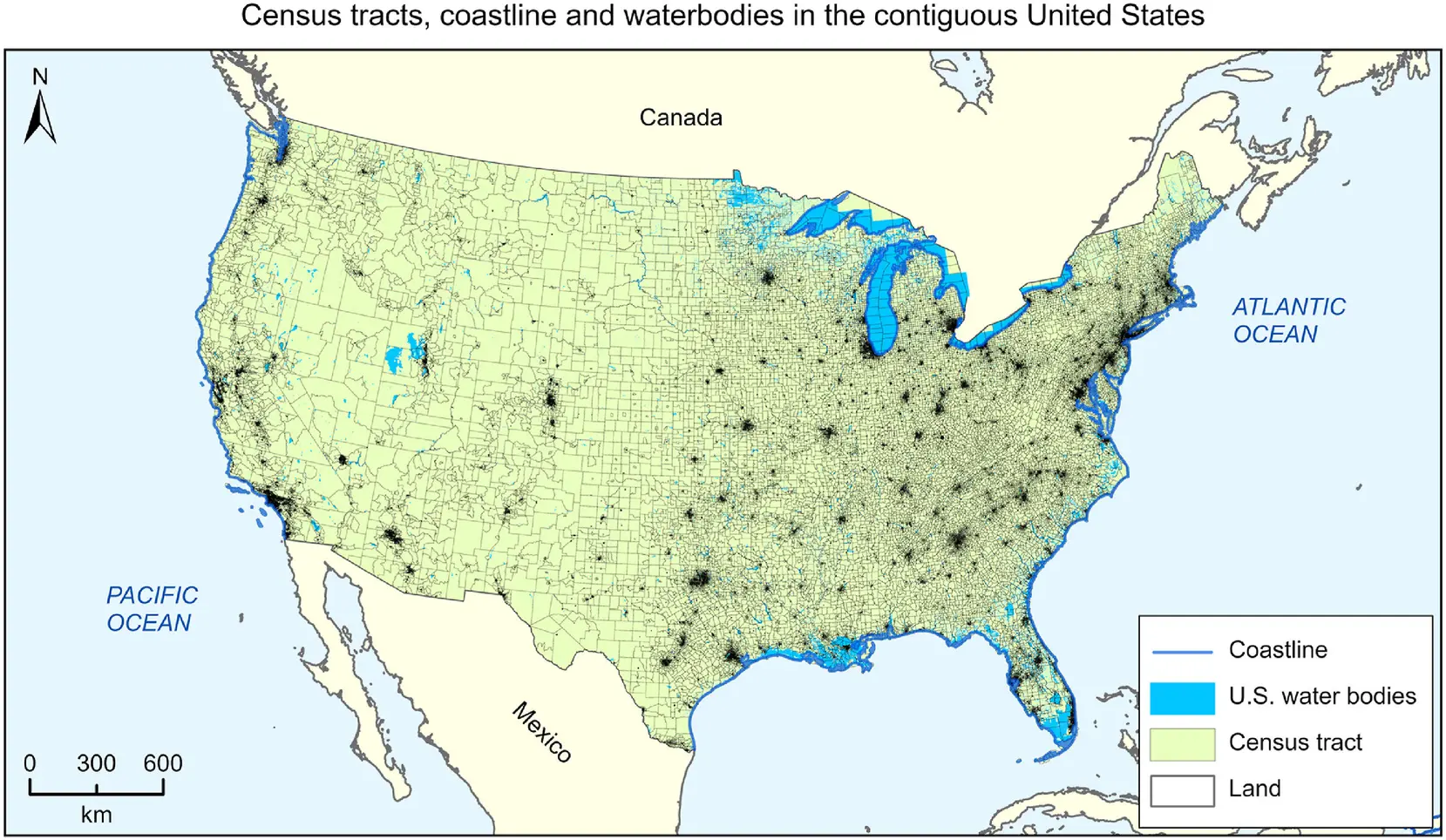T4K3.news
Calf size linked to longevity and health
Recent studies suggest that calf circumference may predict overall health and lifespan.

Research indicates that calf size can predict overall health and longevity.
Calf size reveals important health indicators
Recent studies have shown that the size of a person's calf may be more than just a measure of fitness; it could be a significant predictor of health and longevity. Research suggests that the circumference of the calf relative to waist size offers insights into conditions such as sarcopenia, or muscle loss, which affects up to 16 percent of older adults. This condition is linked to higher health risks, including a 364 percent greater risk of death in centenarians compared to peers with more muscle mass. A healthy waist-to-calf ratio of around 2.4 can indicate a balance in body fat distribution, which is better than BMI or waist circumference measurements alone. Notably, every 1cm increase in calf circumference could reduce mortality risk by 5 percent. Other studies have connected calf size to cognitive health, highlighting its role in blood circulation and overall muscle strength.
Key Takeaways
"Calf circumference can indicate muscle mass and potentially strength and overall fitness."
Experts emphasize the importance of calf size as a health indicator.
"For each 1cm increase in calf circumference, the risk of death was reduced by five percent."
This finding highlights the significance of calf measurement.
"Higher lean mass and lower central fat can prevent cognitive impairment in older adults."
This reveals an important connection between muscle and brain health.
"Muscle mass plays a crucial role in glucose metabolism and overall metabolic health."
This underscores the link between muscle health and metabolic conditions.
The findings on calf size as a health indicator challenge traditional measures of fitness that focus solely on weight or general activity levels. As the population ages, understanding these nuanced indicators could lead to better health management for older adults. The emphasis on calf circumference reveals the importance of focusing on muscle preservation, which can help mitigate the risks associated with aging. Efforts to promote muscle health might shift towards muscle strength over mere weight loss, promoting a more holistic approach to elder health care.
Highlights
- Calf size may hold the key to longer life.
- Strong calves can signal better overall health.
- Muscle preservation should be a priority for aging populations.
- Waist-to-calf ratio could redefine health measures.
Health risks associated with muscle loss
The findings surrounding calf size and sarcopenia present significant health implications, particularly for older adults who may face increased mortality risk due to muscle loss. The connection with cognitive health and other diseases also warrants careful consideration.
Future research may uncover even more links between calf size and health outcomes.
Enjoyed this? Let your friends know!
Related News

Assess your aging with five simple fitness tests

Study reveals waist size linked to health risks

Vegan Diet Health Debate Finds Nuance

Research reveals muscle loss linked to Ozempic use

New study links coastal living to longevity

Pfizer COVID vaccine linked to eye health changes

Frying Method Linked to Diabetes Risk Harvard Study Finds

Research Links Ocean Living to Longer Lifespans
